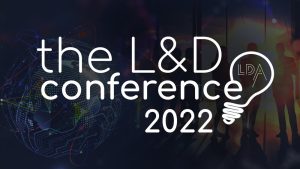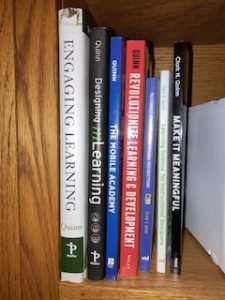This is the year, at the LDA, of unpacking thinking (the broader view of my previous ‘exposure‘). The idea is to find ways to dig a bit into the underlying rationale for decisions, to show the issues and choices that underly design decisions. How to do that? Last year we had the You Oughta Know series of interviews with folks who represent some important ideas. This year we’re trying something new, using debates to show tradeoffs. Is this a good idea? Here’s the case, debating debates.
First, showing underlying thinking is helpful. For one, you can look at Alan Schoenfeld’s work on showing his thinking as portrayed in Collins & Brown’s Cognitive Apprenticeship. Similarly, the benefits are clear in the worked examples research of John Sweller. While it’s fine to see the results, if you’re trying to internalize the thinking, having it made explicit is helpful.
Debates are a tried and tested approach to issues. They require folks to explore both sides. Even if there’s already a reconciliation, I feel, it’s worth it to have the debate to unpack the thinking behind the positions. Then, the resolution comes from an informed position.
Moreover, they can be fun! As I recalled here, in an earlier debate, we agreed to that end. Similarly, in some of the debates I had with Will Thalheimer (e.g. here), we deliberately were a bit over-the-top in our discussions. The intent is to continue to pursue the fun as well as exposing thinking. It is part of the brand, after all ;).
As always, we can end up being wrong. However, we believe it’s better to err on the side of principled steps. We’ll find out. So that’s the result of debating debates. What positions would you put up?



